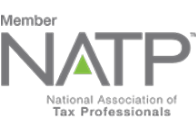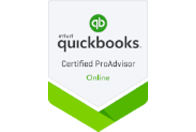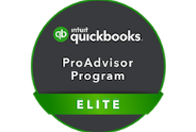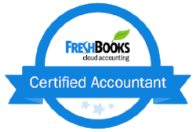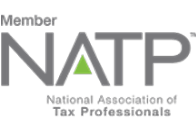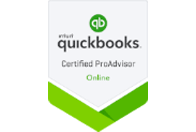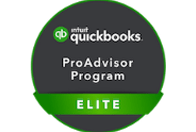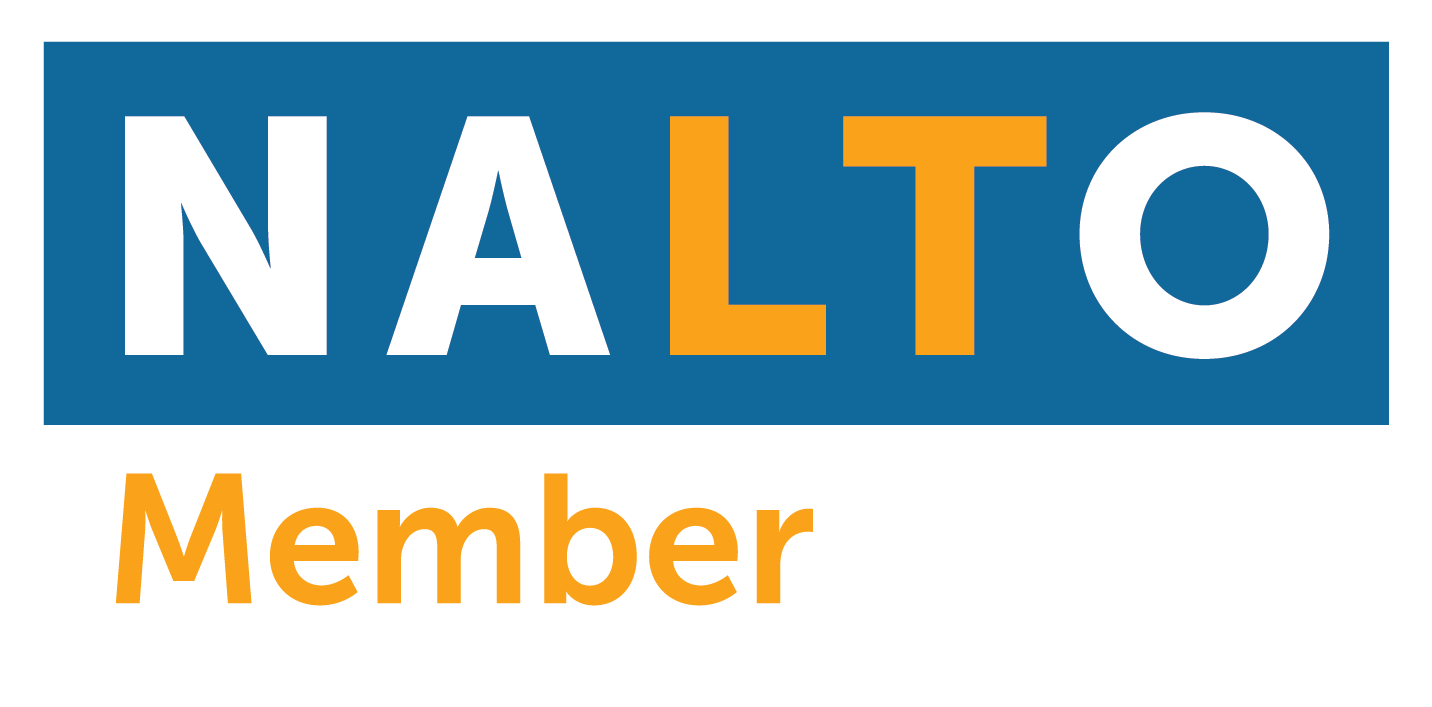The gig economy or freelancing world is incredibly attractive as it offers flexibility, autonomy, work-life balance, and the opportunity to be your own boss!
However, being self-employed or an independent contractor does not give you access to an employer-sponsored retirement plan, thus the responsibility of securing a comfortable retirement falls solely on your shoulders. Fortunately, there are retirement plans from which you can choose from.
Let’s check them out in this blog.
Traditional and Roth IRAs
Self-employed individuals would probably find these types of IRAs (Individual Retirement Accounts) as the simplest and fastest way to start a retirement savings especially for those who are new to the gig economy. Each type has their own unique set of tax advantages.
- Traditional IRA – contributions to a traditional IRA are generally deductible (deductibility is limited if you or your spouse is covered by a retirement plan at work) reducing your current taxable income and lowering your tax bill for the year. Upon retirement, distributions are taxed as ordinary income.
- Roth IRA – contributions to a Roth IRA are made after-tax, meaning you will have no immediate tax benefit here, but the distributions will be tax-free since you have already paid taxes on them.
Withdrawals made before age 59 ½ may be subject to early withdrawal penalties unless you qualify for an exception.
There is an annual contribution limit for both types of IRAs. And that is the lesser between $6,500 ($7,500 for individuals aged 50 and older) and your taxable compensation for the year 2023. High income earners may find this limiting especially if they want to save more for their retirement.
Simplified Employee Pension Plan (SEP)
SEP offers higher contribution limits as compared to the traditional or Roth IRAs. This type of IRA allows self-employed or small business owners to save up to 25% of their compensation or their net self-employment income with a maximum limit of $66,000 in the year 2023. Contributions can be adjusted depending on the business performance each year, making it appealing to those with seasonal income but would want to save more when their pockets are full.
SEP is easy to set up and manage, just like the Traditional and Roth IRAs. Depending on your preferred tax benefit, SEP’s contributions and withdrawals may be treated like a Traditional (SEP-IRA) or Roth (SEP-Roth) IRAs. The Roth version of SEP is allowed starting 2023 after the SECURE 2.0 Act of 2022 was signed last December 2022.
If you are a small business owner who plans to hire employees in the future, this can be a great option since you can still retain this plan even if you have other employees. However, you will have to contribute an equal percentage of retirement savings for each eligible employee.
Solo 401(k)
Also known as the One-Participant 401(k), this plan is tailored for self-employed individuals, solopreneurs, or small business owners with no employees except for themselves and their spouse. This one participant 401(k) offers the same tax advantages as a traditional 401(k) or Roth 401(k).
A solo 401(k) offers a high contribution limit as it allows you to contribute both as employer and employee of your business. It has a maximum contribution limit per person of $66,000 in 2023 ($73,500 for aged 50 and older). The contribution limit is composed of the following:
- Employee Elective Deferrals Contributions – $22,500 in 2023, with catch up contribution of $7,500 for aged 50 and older.
- Employer Contributions – up to 25% of your compensation or net self-employment income not to exceed the maximum contribution limit.
So, if your spouse works for your business, then your life partner may also apply for a solo 401(k) which in turn can increase your family’s retirement savings in a year. But since this retirement plan is designed for the self-employed, you cannot continue your solo 401(k) once you hire an employee other than your spouse.
Same with other retirement plans, withdrawals prior to age 59 ½ may be subject to penalties unless it falls under an exception. However, with a solo 401(k), you may loan the value of your plan up to $50,000.
Setting up and managing a solo 401(k) may not be as easy as the other retirement options but if your goal is to fast track your retirement plan, then this plan may be a good option for you.
Can’t decide which IRA is the best retirement plan for you? Contact us toll-free (855)529-1099 or make an appointment. Our tax expert will help you choose the IRA best for your current situation, financial goals, and future business plans.
Want to learn more?
You may want to consult and work with 1099 Accountant – We offer online bookkeeping, online advisory services and online tax and accounting services. We offer reasonable rates. We only work with independent contractors, freelancers, and one-person business. We work with locum tenens from California to New York City and everywhere in between. Yes, even Hawaii!Contact us toll-free (855)529-1099 or make an appointment for a free consultation. Contact Us – Accountant (1099accountant.com)

